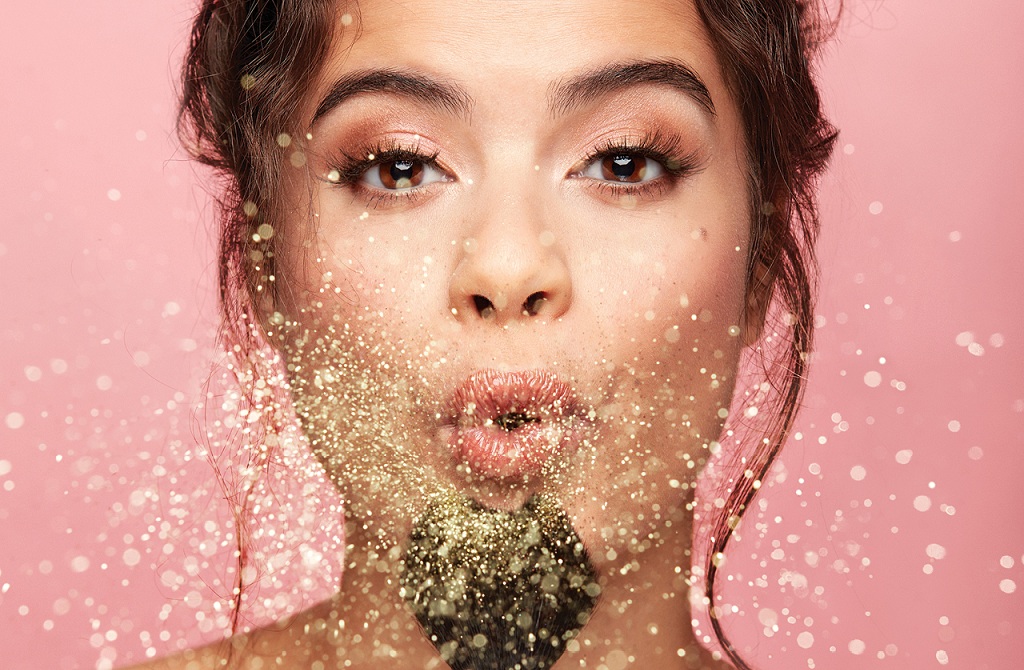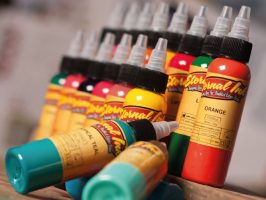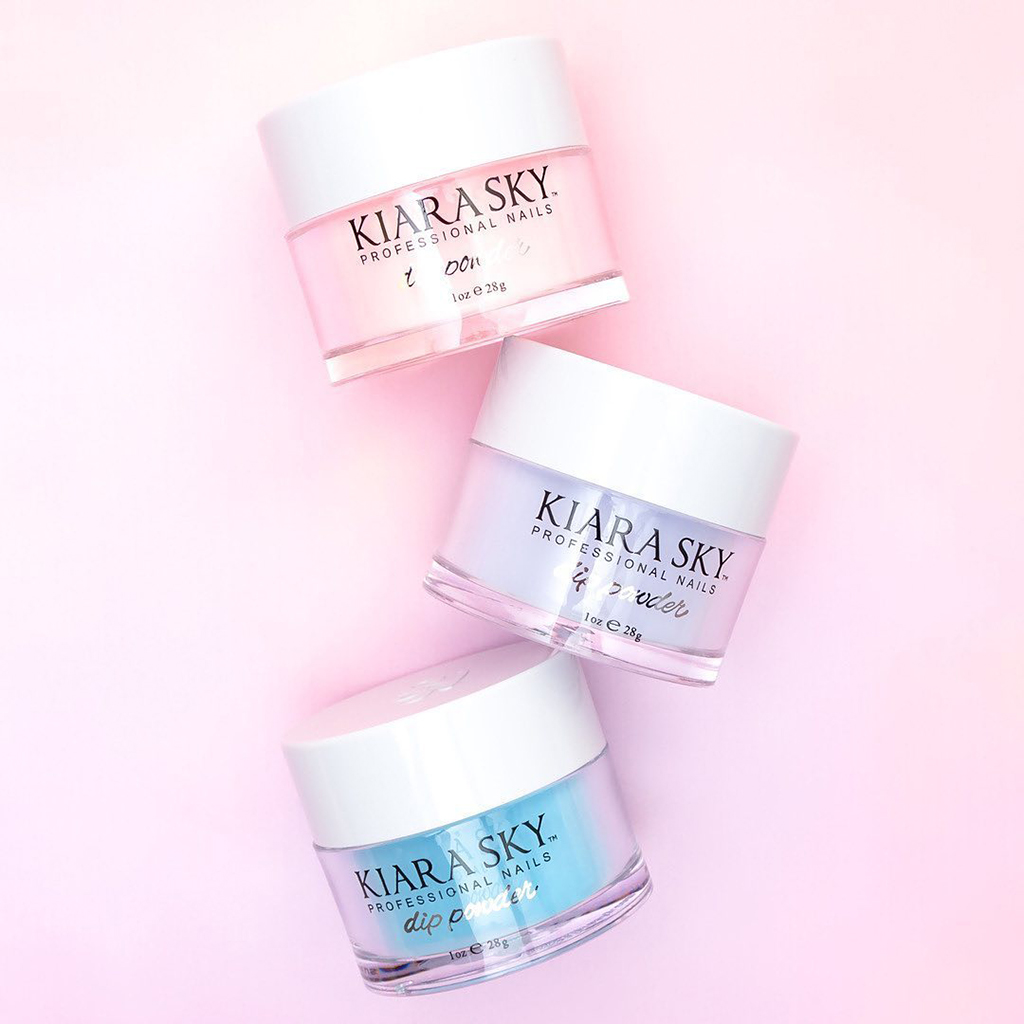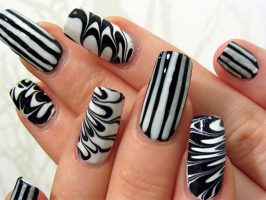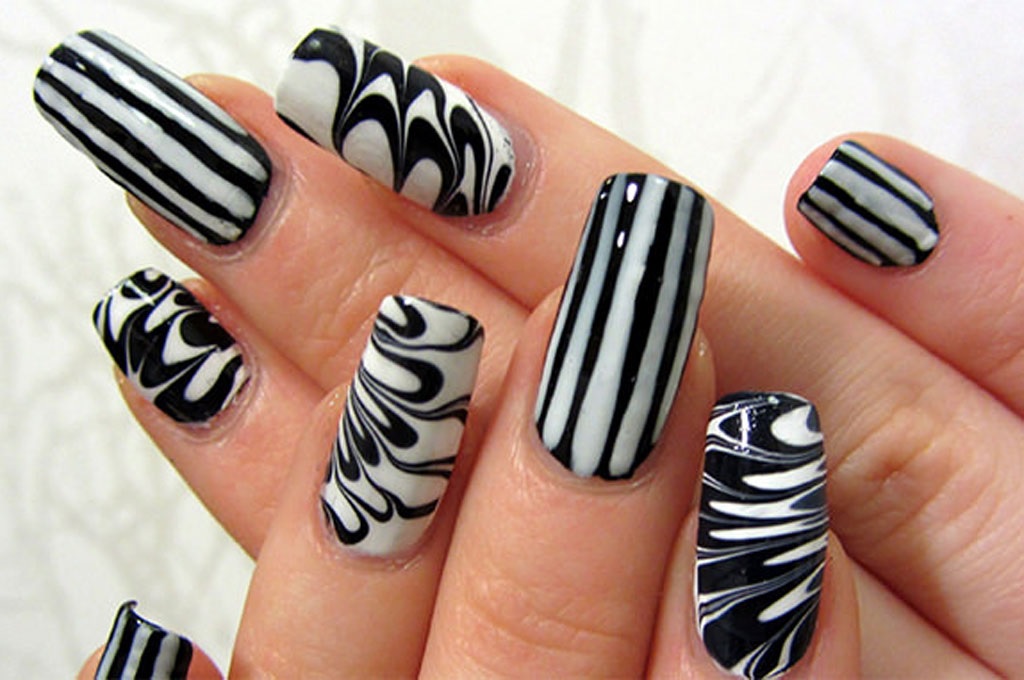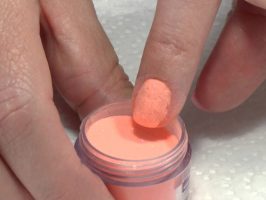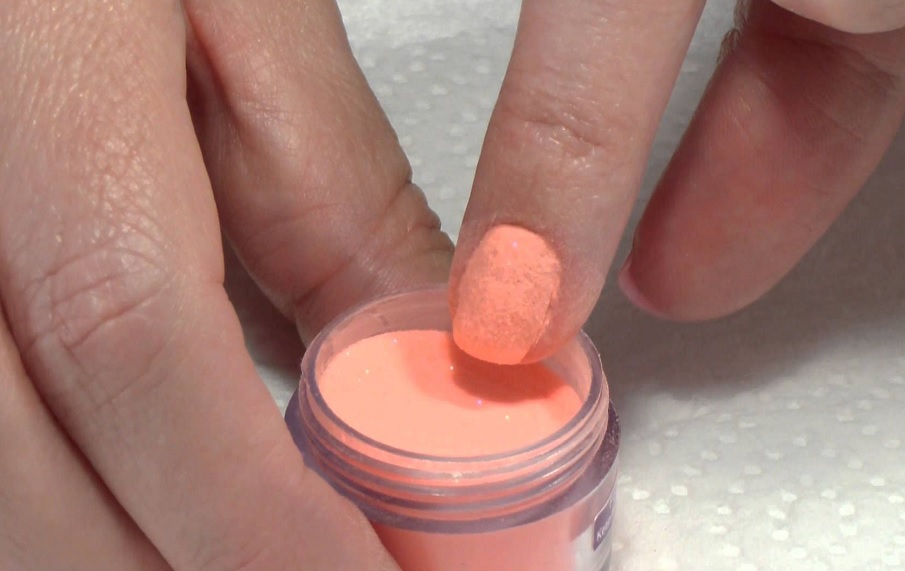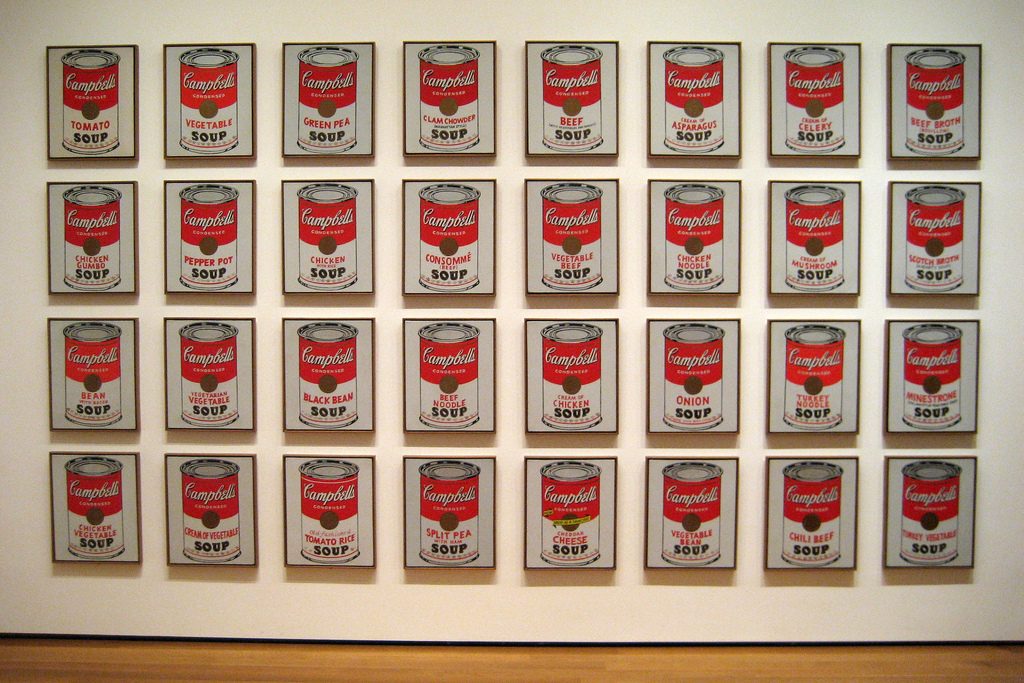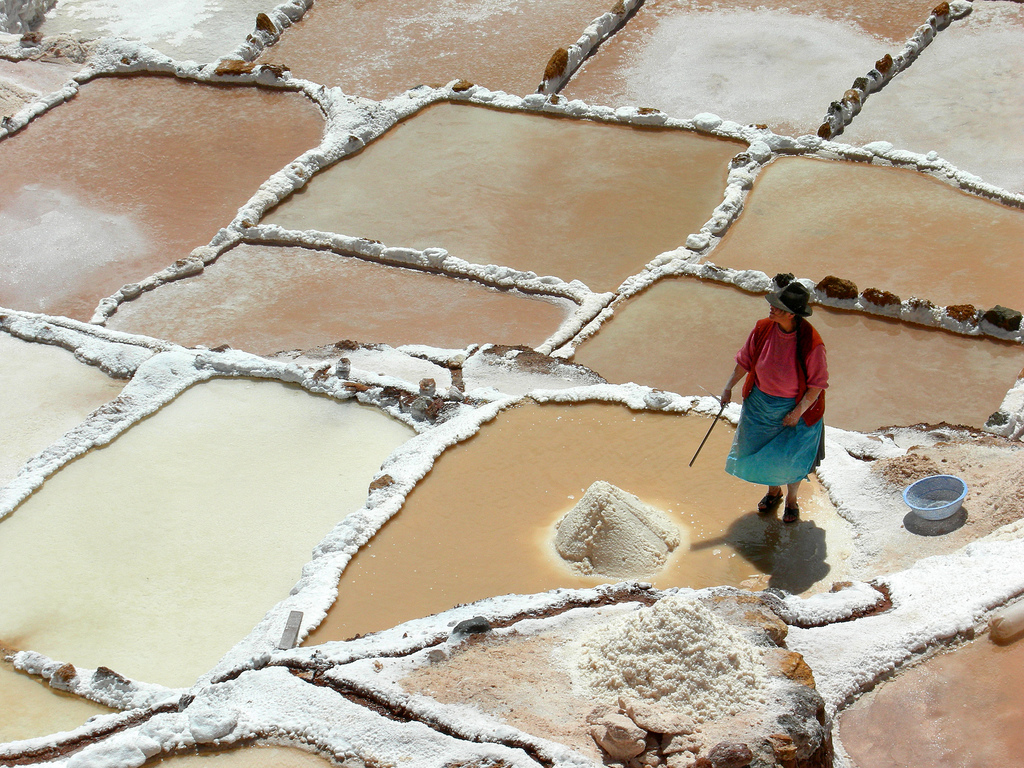“Take a moment to pause from your busy day and think about the most sacred place that you are connected to, the place that brings you peace and accepts your prayers. The place where your god dwells, very likely the place where your grandparents and their parents once prayed: the place you would safeguard with all of your might, with all that you are and all that you have. If you said the holy name of that place out loud, what would it be? Would it be the name of a church, or temple, a chapel you hold dear? Say it — utter its name out loud as I do. My church, my temple, my mountain: Mauna A wakea — Mauna Kea [The White Mountain].”
— Pua Case, Hawaiian community leader
When I describe the night sky from Mauna Kea to people who have never been there, I liken it to taking a paintbrush, dipping it in white paint, then flicking it a thousand times on a black velvet canvas. Sometimes it scares the shit out of me because it’s so clear that we are looking at the Milky Way edge-on. If there is some kind of god I must have been close to it there.
Mauna Kea is special to the Hawaiian people because it represents the beginning of our oral history, what we call moʻoleo. The view of the white cap of Mauna Kea poking through the clouds is likely the first thing our kupuna (ancestors) saw as they rolled through the deep ocean swells and peered through the mist in search of the priceless ʻaina (land) we call Hawaii nei today.
Kaulana Nā Pua (Famous are the flowers)
If built, the Thirty Meter Telescope (TMT) will be a 1.4-billion-dollar 18-story telescope with a segmented mirror lens the size of a basketball court. But the telescope is supposed to be built atop what is considered by many to be the most sacred mountain in Hawaii: Mauna Kea. The TMT will be the fourteenth observational complex built atop Mauna Kea, reigniting a controversy that began in 1977 with the proposed construction of the W. M. Keck Observatory. Native Hawaiian opposition to the TMT has resulted in a recent temporary freeze on construction. Demands range from halting construction, to continuing dialog between the Native Hawaiian community and the parties involved in construction, to the removal of all 13 standing observational complexes on the mountain.
Yes, Mauna Kea is a spiritually significant place, but my reasons for opposing the construction of the TMT are actually not spiritual. To gain some understanding of the complicated issue at hand, I want to take a historical turn: I want to consider the immoral suppression of our islands by the West. Most of all, I want to tell the story, our story, in a way that respects Indigenous knowledge in the way the West did not.
The construction of the TMT plays into a long history of colonization and oppression known too well by the Hawaiian people. I often refer to Hawaii’s grisly history of colonization as being “swept under the rug” when taught, if at all, in classrooms in the contiguous United States. Hawaiian history is fraught with imperialization, from the exploitation of our natural resources by the West, to a US-backed coup that imprisoned our Queen Liliʻuokalani in her own palace in 1893, and the US annexation of the Hawaiian Islands in 1897. Yet almost eight million tourists visit Hawaii each year, and I’d wager that most of them have little to no knowledge of this history. But it is not just knowledge of Hawaii’s imperialized past that is fading: Hawaiian people themselves are a diminishing population. It is estimated that by 2040, there won’t be a single 100% pure Hawaiian left on planet Earth.
Indigenous does not equal anti-science
At the end of the nineteenth century, Hawaiian King Kawika “David” Kalakaua, our Merrie Monarch, is credited with exposing our culture to the Western world. Kalakaua was enamored by science, so much so he had electricity installed in Iolani Palace years before the White House did.
Hawaiians and Pacific Islanders as a whole have never opposed science: on the contrary, our expansive knowledge of the natural world and renowned skill for astronavigation, or wayfinding, were light years ahead of our Western counterparts. Captain James Cook, credited with discovering Hawaii, used a Polynesian master navigator by the name of Tupaia, to chart their course from Tahiti to Hawaii. Tupaia used ancient knowledge of star paths and ecological meta-data passed down from his kupuna to navigate. We call this ancient knowledge manaʻo.
Tupaia would later die, likely of dysentery, on the ship’s final journey back to London. Cook would take full credit for Tupaia’s navigational accomplishments, claiming them as discoveries of his own. Sadly, many other Native Pacific Islander master navigators suffered the same plight. By being ignored, Indigenous knowledge was simultaneously devalued and put at risk of becoming extinct.
Historically, the West has sought to dominate Hawaii: it has done so at the expense of acknowledging and respecting Indigenous knowledge, and at the cost of Hawaiian lives. For these reasons, many Native Hawaiians have developed a distrust of Westernized institutions. Unfortunately, this means that Western science — the systematic field of study that attempts to organize knowledge — has been shunned as well.
As a young, Native Hawaiian scientist who intends to return to Hawaii after finishing my postdoctoral research, I realize the complicated implications of my choice to stand by my people and oppose the construction of the TMT. Am I shunning science by doing this?
Aloha ʻAina (Love the land)
The TMT is meant to help us peer deeper into the heavens, just as our kupuna looked to the stars for knowledge. They used the heavens as a tool to discover uncharted ʻaina and then cultivated it in a sustainable way. We have a saying in Hawaii, “always put it back the way you found it.” Our kupuna knew that by dividing the ‘ainainto ahupuaʻas (sustainable land divisions), we could ensure the production of resources for future generations.
To build the TMT, nine acres of ʻaina would need to be excavated. Hawaiians are worried that ancient burial grounds, heiau’s (temples of cultural significance), and underground fresh water aquifers will be destroyed, resulting in a domino effect with unknown consequences. With a collective consciousness encapsulating respect for the ‘aina, why would Hawaiian community members want to encourage the construction of the TMT? Many Native Hawaiians are asking, “Why should we stare deeper into space if we can’t see what is right in front of our faces?”
Indigenizing Social Media
To quote W. E. B. Du Bois, “The system isn’t broken, it was designed that way.” Opposing the construction of the TMT isn’t about opposing science: it’s about the opposing the system that was designed to oppress Indigenous Hawaiians.
The Arab Spring, Black Lives Matter, and now #ProtectMaunaKea are similar in that they all grew exponentially through social media. Hawaiians have shown strength in our ability to unite and forge a movement against that system; it is a success in itself to have mobilized and spread awareness about the TMT debate beyond our islands. Our voices have been heard far and wide, and that reach has been valuable at home, too. With the help of advocates across the globe, the Hawaiian people have created enough momentum to force Governor David Ige to place a temporary freeze on the construction of the TMT. The question is, how did we garner the support of people all around the world?
The first images I noticed on Instagram were alarming, showing the arrests of 31 Hawaiians protesting the TMT. These posts used Hawaiian words for hashtags: #kuleana, one’s sense of responsibility or accountability, and #alohaaina, love the land. Soon after, I noticed the use of English words, especially #TMTshutdown. But it wasn’t until community organizers started combining Hawaiian and English words that the fuse was lit on the bomb that is the #ProtectMaunaKea movement.
The majority of images from the initial arrests and protests were from smartphones on site at Mauna Kea; circulated widely by reposts and retweets. The idea of Indigenous community members utilizing hyper-connected digitized technology to oppose the construction of an omnipotent observational turret feels to me of an episode of Stargate SG-1. It’s only fitting that Hawaiian actor/model/activist Jason Momoa, of Stargate and Game of Thrones, joined in the protests.
Soon after, singer/entertainer Nicole Scherzinger joined, and they used their celebrity (a combined seven million followers on Twitter and Instagram, to be exact) to alert the rest of the world. It appears that once Hollywood started caring, the rest of the world started caring, and #ProtectMaunaKea started to supernova. After the mainstream media in the contiguous United States picked up images of Jason Momoa, koa staff in hand, locks blowing in the wind with the Keck Observatory in the background, Governor Ige had one choice: to put a freeze on construction.
I Mua (Moving forward)
After discussions with my ohana (family) I kept returning to a central question. What am I first: a kanaka maoli (Native Hawaiian)? A hapa haole (mixed race Hawaiian)? A scientist? A human being?
The #ProtectMaunaKea movement represents more than just Hawaii. It represents Indigenous communities around the world that are at risk of having their manaʻo go extinct. But as the Merrie Monarch Festival, the largest annual hula festival in the world, came to an end at the beginning of this month, it is apparent that Hawaiian culture is alive and well.
Though we are often viewed as a community of warriors, Hawaiians continue to protest the construction of the TMT peacefully. Maybe King Kalakaua was right: opening our doors to the rest of the world might have been a good idea. Without allies there would be no one to listen to our voice.
We will continue to build our moʻolelo for the keiki (future generations). For over two thousand years Mauna Kea has remained a critical stronghold, straddling the spiritual and the scientific world. To quote Hi’iakaikapoliopele, the patron goddess of hula, chant, and medicine: “Hele a aʻe ulu a noho I ko wahi kapu” — “traverse all that is convention, only then will you invoke your divine nature.” Mauna Kea will forever occupy the space between spirituality and science. TMT or no, our culture will continue to thrive and we will continue to move forward. I mua.
Mahalo nui loa for strengthening my kuleana and helping me find my voice:
The Protect Mauna Kea Movement
Riley Taitingfong
Laurie Makanani Fox
Leslie Kaulehua Fox
Cliff Kapono
Kaumakaiwa Kanakaʻole
Sarah Ballard
Patrick Kirch
Walter Ritte
